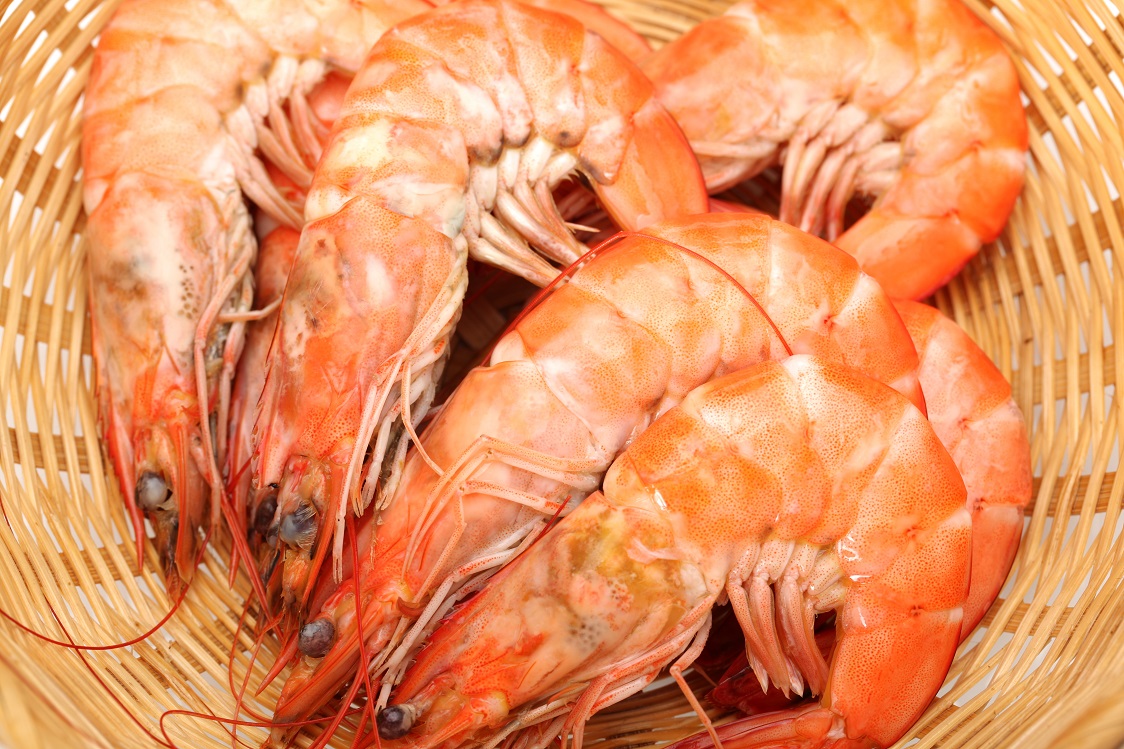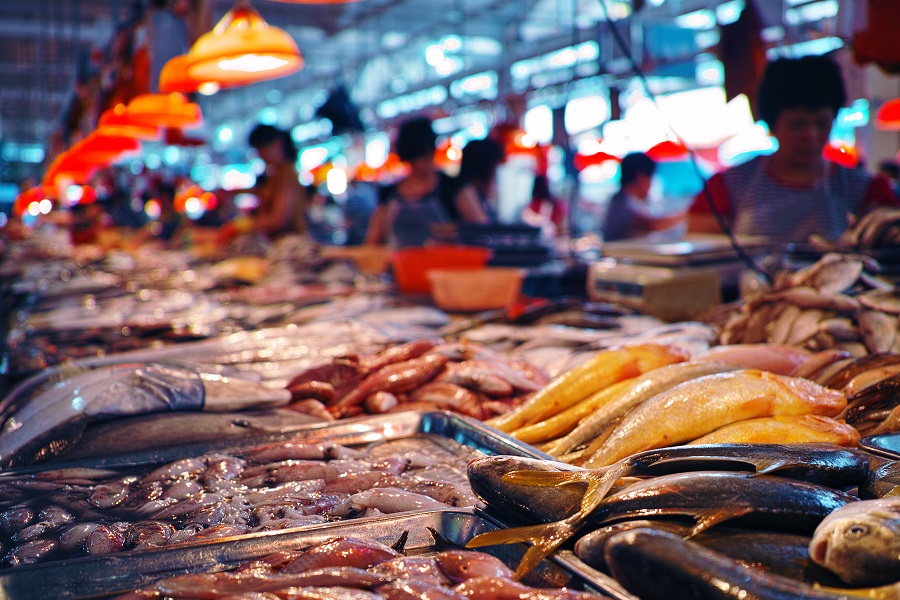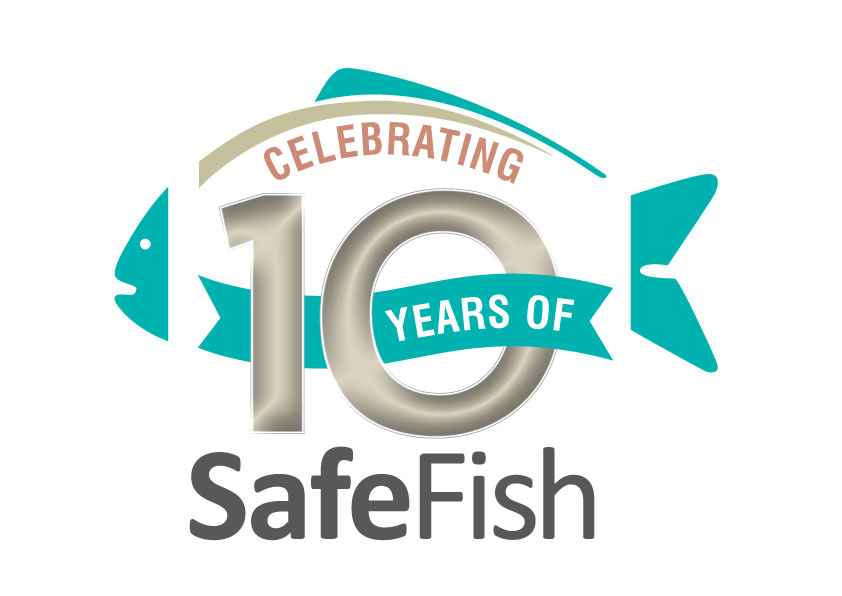
As consumers, it is important to know the seafood we buy is safe – and it’s also important for seafood suppliers to have clear food safety and hygiene standards to work to, which do not create unwarranted and unfair barriers to market access.
IMAS researcher Alison Turnbull is the Program Manager of SafeFish, which provides technical advice to support Australia's seafood trade and market access negotiations, and helps to resolve barriers to trade. The program is headquartered at the South Australian Research and Development Institute (SARDI).
“One of the priorities we identified was the need to review the Australian and New Zealand Food Standard Code, specifically the criteria around the microbiological limits in raw and cooked marine, estuarine and freshwater seafood,” Ms Turnbull said.
SafeFish led the review, in consultation with Food Standards Australia New Zealand (FSANZ) and Seafood New Zealand. While planned workshops in Melbourne and Wellington were not possible due to the COVID-19 pandemic, SafeFish held virtual workshops with the seafood industry, regulators and other interested stakeholders.
“We were able to agree on recommendations to FSANZ about what should be removed from or added to Standard 1.6.1 and Schedule 27, to ensure these both aligned with the current risk-based preventative approach to food safety management, and to agree on the framework for a new guidance document,” Ms Turnbull said.
“The review determined which microbiological criteria are food-safety specific, and which relate to process hygiene or performance, and clarified the definitions for ready-to-eat and raw seafood.”
 One area of the review looked at was Schedule 27, which currently outlines criteria for standard plate count (SPC) Staphylococcus aureus and Salmonella for both raw and cooked crustacea.
One area of the review looked at was Schedule 27, which currently outlines criteria for standard plate count (SPC) Staphylococcus aureus and Salmonella for both raw and cooked crustacea.
“But standard plate count is an indicator of process hygiene and control, not of food safety,” Ms Turnbull said.
“In addition, there is no evidence, based on recall and illness statistics, that S. aureus is a hazard likely to occur in crustaceans. And testing raw crustaceans for Salmonella is also odd, because we aren’t required to test any other raw seafoods, and we don’t normally consume crustaceans without cooking them first.”
“These and other conclusions, such as Salmonella in imported prawns being neither a medium nor a high risk, led us to recommend to the FSANZ that these criteria be removed from the Schedule,” she said.
Along with outlining suggested material for a seafood section in the FSANZ Compendium of Microbiological Criteria for Food, workshop participants recommended maintaining the criteria for bivalve molluscs, but suggested modifying the product descriptor.
“We recommend that the more general descriptor, bivalve molluscs, be modified to live/raw bivalve molluscs,” Ms Turnbull said.
“The rationale is that only live, raw bivalves with shells intact should require testing for E. coli. When this is done at harvest, shellfish entering processing facilities are not an E. coli risk, so testing further along the supply chain is not necessary.”
Ms Turnbull said clarifying definitions, such as ready-to-eat, was vital for food businesses along the supply chain, especially to incorporate the producer’s intent of how the food will be used by the consumer.
“Seafood related illnesses are rare in Australia. Of the microbiological illnesses that do occur, many are related to ready-to-eat seafoods, especially processed and vacuum-packed seafoods. But, for example, Listeria limits might apply unfairly to a raw product if the businesses producing the product intends for it to be cooked before consumption,” Ms Turnbull said.
The recommendations from the review will reduce unnecessary microbiological testing in the supply chain of Australian and New Zealand seafood products. FSANZ will consider the recommendations and invite further public comment before making any changes to the Australia New Zealand Food Standards Code.
 SafeFish provides technical advice to support Australia’s seafood trade and market access negotiations and helps to resolve barriers to trade. It does this by bringing together experts in food safety and hygiene to work with the industry and regulators to agree and prioritise technical issues impacting on free and fair market access for Australian seafood. SafeFish is supported by funding from the Fisheries Research Development Corporation on behalf of the Australian Government and industry partners.
SafeFish provides technical advice to support Australia’s seafood trade and market access negotiations and helps to resolve barriers to trade. It does this by bringing together experts in food safety and hygiene to work with the industry and regulators to agree and prioritise technical issues impacting on free and fair market access for Australian seafood. SafeFish is supported by funding from the Fisheries Research Development Corporation on behalf of the Australian Government and industry partners.
Prawns and fish market images: Shutterstock